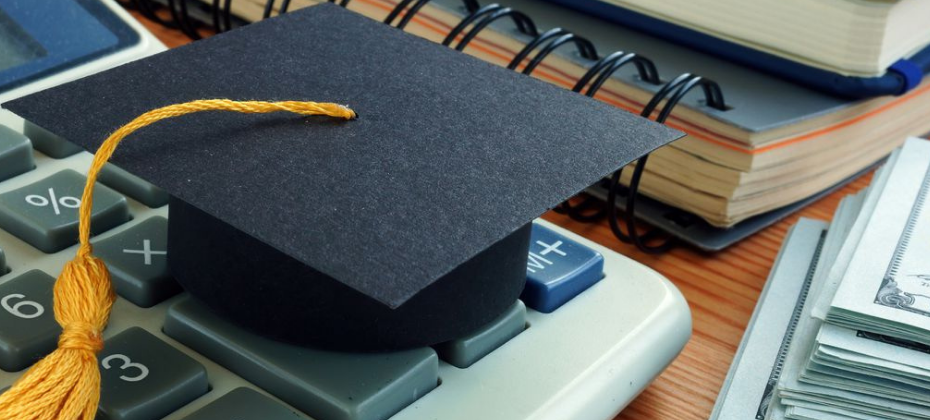School’s out, and graduation brings excitement, anticipation and bills. Oh, boy, here come the student loans. Are graduates ready for the bills? Even before they have a job lined up?
With lots of attention from the media, I was interested in analyzing student loan debt to see if this is a true issue or just a headline grab.
There’s no shortage of headlines alluding to a student loan crisis:
- “How student loans are crushing millennial entrepreneurialism”
- “Student loan debt in 2017: A $1.3 trillion crisis”
- “Why the student loan crisis is even worse than people think”
Certainly sounds like a crisis.
However, I’m a data guy, so let’s look at the data.
Pulling from our data, I analyzed student loan trades for the last four years starting with outstanding debt — which grew 21 percent since 2013 to reach a high of $1.49 trillion in the fourth quarter of 2016.
I then drilled down and looked at just student loan trades.
Over the past four years, student loan trades grew 4 percent, but saw a slight decline between 2015 and 2016. The number of trades isn’t growing as fast as the amount of money that people need.
The average balance per trade grew 17 percent to $8,210. Either people are not saving enough for college or the price of school is outpacing the amount people are saving.
I shifted the data and looked at the individual consumer rather than the trade level.
The number of overall student loan trades per consumer is down to 3.85, a decrease of 5 percent over the last four years. This is explained by an increase in loan consolidations as well as the better planning by students so that they don’t have to take more student loans in the same year.
Lastly, I looked at the average balance per consumer. This is the amount that consumers, on average, owe for their student loan trades.
Here we see a growth of 15 percent over the last four years. At the end of 2016, the average person with a student loan balance had just over $32,000 outstanding.
While this is a large increase, we should compare it with other purchases: This balance is no more than a person purchasing a brand-new car without a down payment.
While we’re seeing an increase in overall outstanding debt and individual loan balances, I’m not yet agreeing that this is the crisis the media portrays. If students are educated about the debt that they’re taking out and making sure that they’re able to repay it, the student loan market is performing as it should.
It’s our job to help educate students and their families about making good financial decisions. These discussions need to be had before debt is taken out, so it’s not a shock to the student upon graduation.



